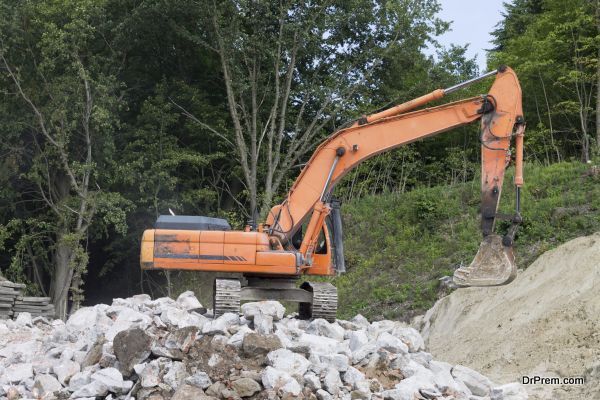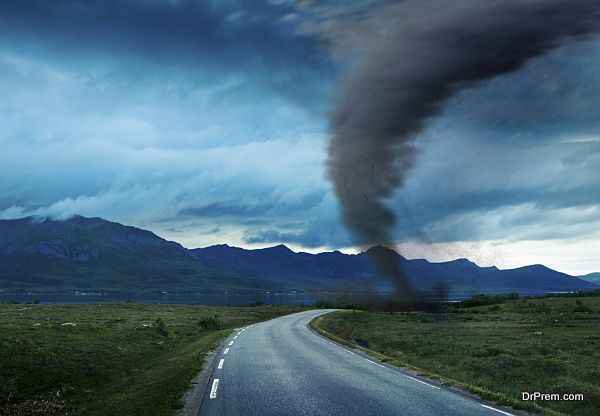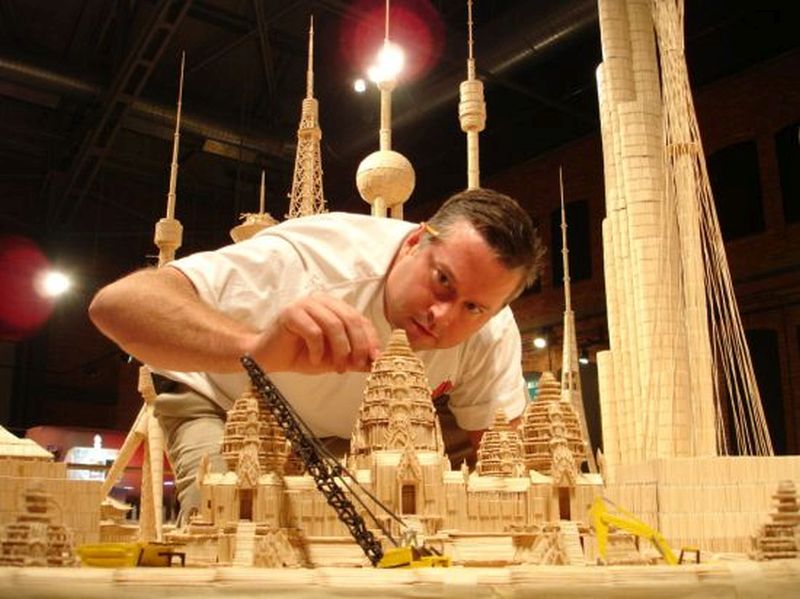In the quest to save money, simplify life, and reduce urban sprawl, many people are drastically downsizing their homes. The trend of tiny homes is still somewhat tiny itself, with only a few thousand built so far.
Amid the savings on construction costs and maintenance, many owners of tiny homes are also excited about the massive savings they realize in energy costs. For people who prioritize a green lifestyle, it can be a perfect arrangement.
But before you pull the trigger on an energy-sipping tiny home, there are lots of implications for those of us in larger quarters that call for some careful examination before taking the plunge to downsize.
Storage Space

Stop and think about your current home for a minute. Chances are there is a large part of your space that isn’t occupied by people but rather things. Consider how many of the items in your home aren’t necessities but are just things you’re holding on to in case they’re needed later, or because you struggle to throw away something that “almost” works correctly.
If you’ve recently moved, you may have examined your home prior to calling a company like North American for a moving estimate. Or, you may have downsized after seeing how you could save money by moving less stuff.
The consideration here is about the amount of space that you think of as your house that is actually a warehouse. If you can get rid of enough items, you may find enough new cubic feet in your home to make a tiny house feasible. But if you are a collector, “tiny” probably isn’t in your vocabulary when it comes to a house.
Zoning Issues
If you can’t find a place to build your tiny house, you should obviously hold off on making a decision. Sometimes innovations arrive ahead of a government’s ability to accommodate them. Tiny houses are a perfect example. Many neighborhoods and municipalities have zoning or other deed restrictions that require minimum home sizes in certain neighborhoods. These laws developed on the notion that smaller homes are typically of lower quality and kept in poorer condition, eroding the value of nearby larger homes.
Of course, most tiny houses are being built by people with good incomes. As a result, they’re well-maintained and attractive, often with elaborate landscapes and other valuable features. Even so, it will likely take growth in the number of tiny house developments to make it possible for governments and neighborhood associations to work with the tiny house trend.
Functional Space
If you just want a place to sleep, bathe, and cook, a tiny house will easily fit the bill. And if you enjoy entertaining outdoors, you won’t have any problems. But many people are accustomed to large parties of family and friends, or frequent visitors who will need their own sleeping spaces. If you can’t overcome these barriers, a tiny house might not be for you.
For others, there may be ways around this situation. You can find lots of ways to entertain outdoors, even when it’s an activity that’s typically done indoors. Why can’t you seat yourselves around a fire pit or tiki torches to play a board game or a few hands of poker? Can’t you have a binge watching party or a football get-together with a projector shining on an outdoor screen?
Tiny houses require that you think outside the box, and when you do, you may find that it’s more practical than you think.
Safety
Although small homes can be as well-built as larger models, there is the reality of weather, particularly wind. Just as a small tree will blow it down when a larger one won’t, smaller homes are also more vulnerable to strong winds.
This creates complications for the construction process, as well as for site selection. Small homes need to be well-anchored, and they should be built with an eye toward prevailing wind directions and wind exposure.
But it also creates the need for a better shelter option. This is nothing new; people in mobile homes or houses without basements have always had to think of protection from tornadoes and hurricanes. It’s simply the fact that many downsizing families are leaving homes with basements and might forget to make plans for severe weather.
Tiny houses require some big planning. If you can release unneeded possessions, find a place that will allow you to build, stay safe, and accommodate your friends and relatives as you do now, a tiny house could be a perfect fit for you.
Article Submitted By Community Writer







